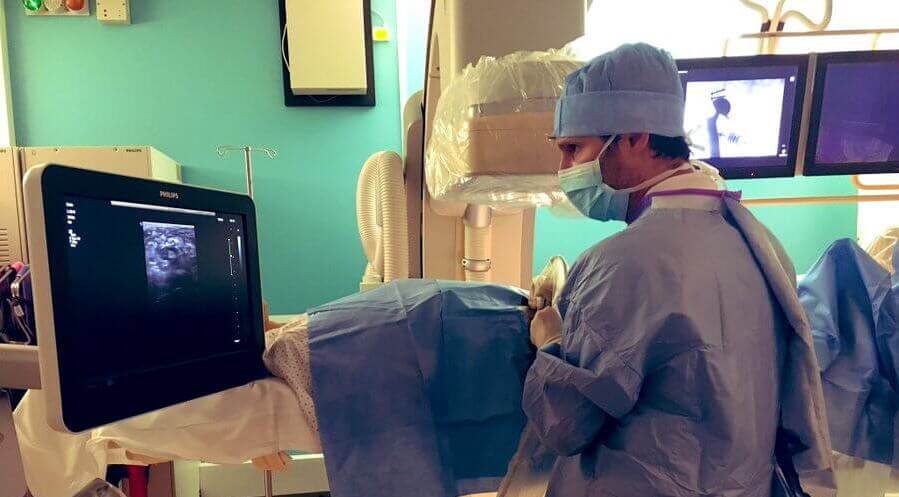Two groups have published papers showing how jumbo phages can create nucleus-like structures in their hosts to protect phage DNA from CRISPR-Cas systems. Read Senén Mendoza (UCSF) and colleagues’ paper on how this works for a Pseudomonas phage, and Lucia Malone (University of Otago) and colleagues’ paper on how this works for a Serratia phage. Also check out this article on the subject by Ed Yong with The Atlantic.
Dr. Thomas Böttcher, head of an Emmy Noether junior research group at the University of Konstanz in Germany has received an ERC Consolidator Grant (around 2 million Euro over 5 years) to study chemical factors that control the transition of phages from a latent to an active state.
The Turner lab at Yale has successfully treated 13 patients with phages so far. Now, the team has been awarded support from the Blavatnik Fund, which helps Yale scientists commercialize their discoveries. The support has made it possible for the team to launch the startup Felix Biotechnology, and to launch a phage clinical trial in partnership with the Yale Adult Cystic Fibrosis Center.
CTV News in Canada has done a feature on phage therapy, which follows a Canadian cystic fibrosis patient as she travels to Yale University for phage treatment.
The Dutch phage company Micreos has urged members of the European Parliament to support authorization of its product, Listex, saying the EU’s public health directorate has failed to appropriately regulate the product (which is intended to target Listeria on ready to eat meat).
Actiphage is a commercially-available, phage-based diagnostic developed by PBD Biotech for detection of live mycobacteria. New paper describing how Actiphage works | Press release
The VEGA Symposium will happen March 22-23, 2020 in Oakland, CA. Hosted by the Joint Genome Institute, the goals are to bring together a “Viral Ecogenomics” community to foster discussion on how to capture and characterize uncultivated viruses, understand the role of viruses in natural ecosystems, and explore applications of viral genetic diversity. Confirmed speakers include Jennifer Doudna, Karen Maxwell, Mart Krupovic and more. Earlybird registration ends Dec. 31.







